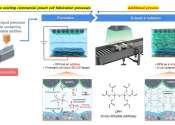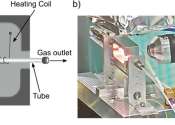An electric vehicle (EV), also referred to as an electric drive vehicle, is a vehicle which uses one or more electric motors for propulsion. Depending on the type of vehicle, motion may be provided by wheels or propellers driven by rotary motors, or in the case of tracked vehicles, by linear motors. Electric vehicles can include electric cars, electric trains, electric airplanes, electric boats, electric motorcycles and scooters, and electric spacecraft.
Electric vehicles first came into existence in the mid-19th century, when electricity was among the preferred methods for automobile propulsion, providing a level of comfort and ease of operation that could not be achieved by the gasoline cars of the time. At one time the internal combustion engine (ICE) had completely replaced the electric drive as a propulsion method for automobiles, but electric power has remained commonplace in other vehicle types, such as trains and smaller vehicles of all types.
Electric vehicles are distinct from fossil fuel-powered vehicles in that they can receive their power from a number of sources, including fossil fuels themselves, nuclear power, and renewable sources such as tidal power, solar power, and wind power. This energy is then transmitted to the vehicle through use of overhead lines, wireless energy transfer, or a direct connection through an electrical cable. The electricity may then be stored onboard the vehicle using a battery, flywheel, supercapacitor, or fuel cell. Vehicles making use of engines working on the principle of combustion can usually only derive their energy from a single or a few sources, usually non-renewable fossil fuels.
At the beginning of the 21st century, increased concern over the environmental impact of the petroleum-based transportation infrastructure, along with the spectre of peak oil, led to renewed interest in an electric transportation infrastructure. As such, vehicles which can potentially be powered by renewable energy sources, such as hybrid electric vehicles or pure electric vehicles, are becoming more popular.









